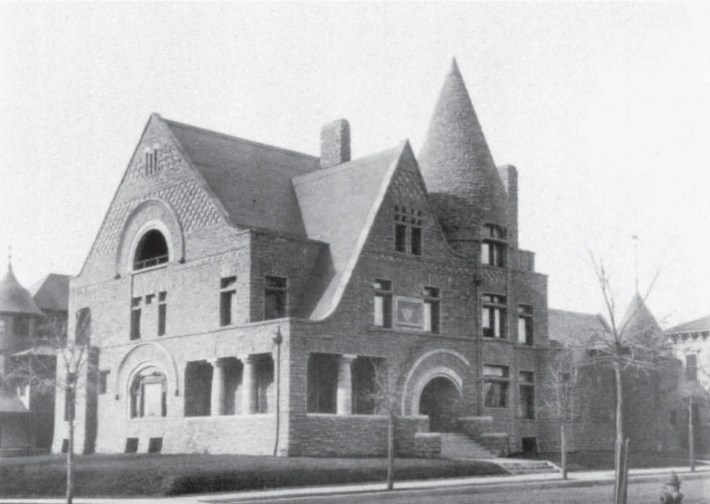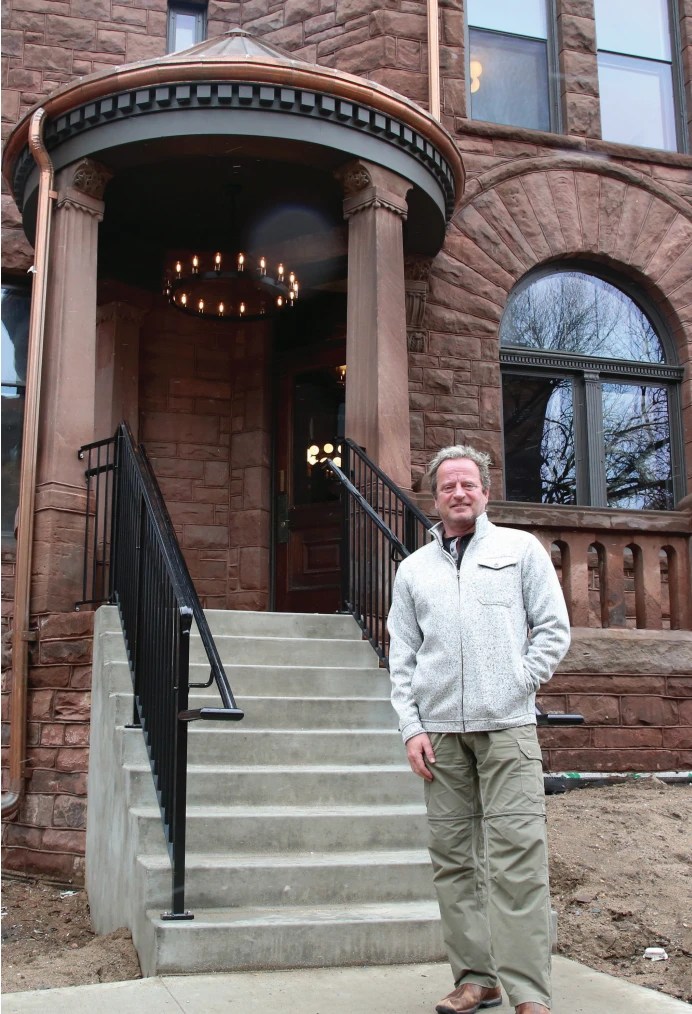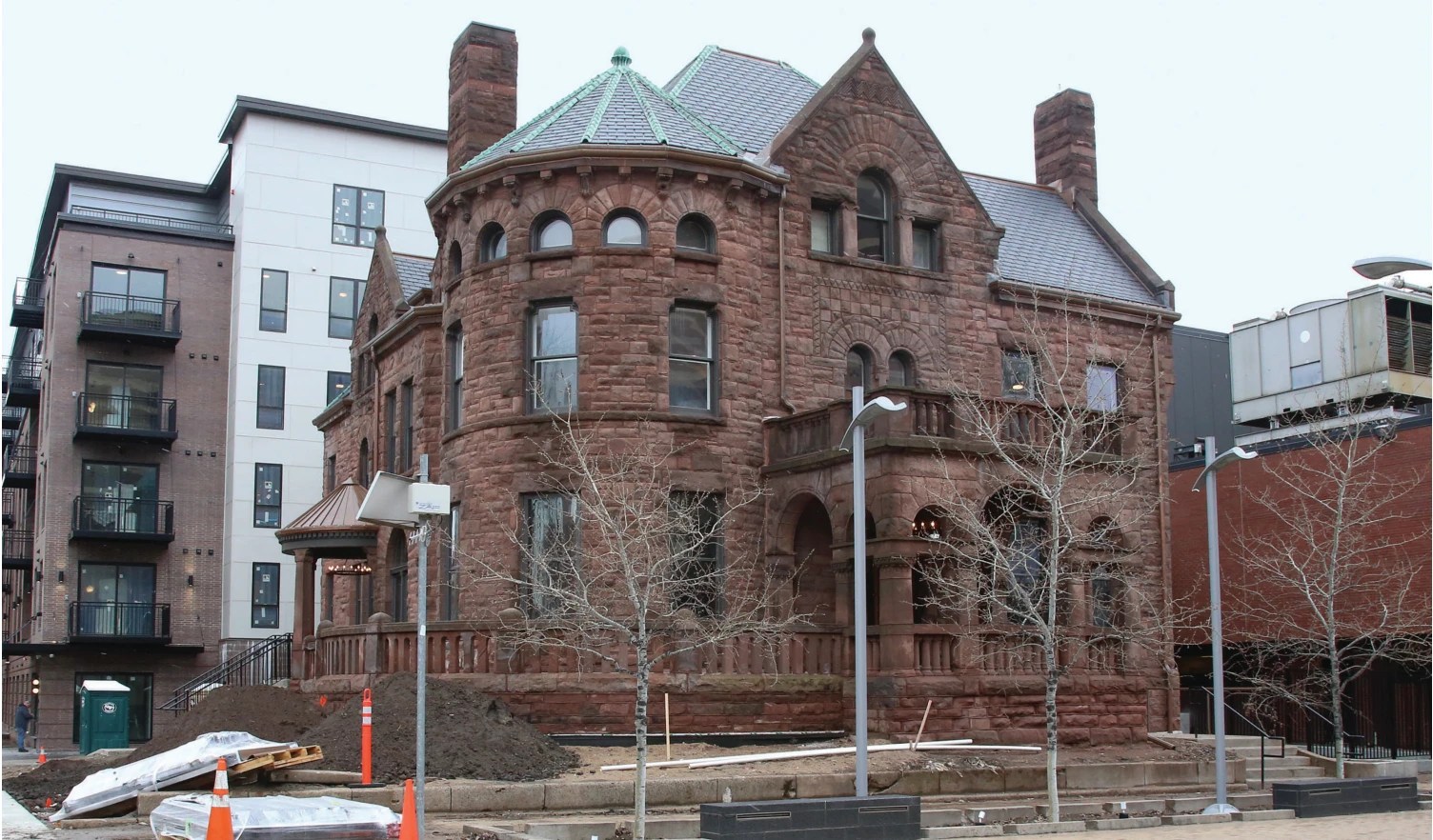Saving historic buildings is almost always a challenge — an often thankless (and endless) battle to save historic treasures from shortsighted destruction.
It requires intense collaboration between numerous community stakeholders and agencies. These partnerships must be pragmatic efforts aimed at balancing the real and the ideal, sometimes requiring difficult and sad decisions.
It is worth noting that a historic treasure’s inherent value may not necessarily lead to it being preserved; political and economic considerations also play a role. Ignoring those values would be like wailing at the wind.
But as in all things, being proactive is more effective than reacting. In fact, our community right now finds itself positioned at the “on-ramp” of preservation.
Case in point: The preservation and rehabilitation of the Alden Smith house in Loring Park, a resounding victory. Credit is due to in large part to Tom Nordyke, a resident of Cedar-Isles-Dean. He recognized the value of the house and fought to save it with an innovative idea to leverage a new residential development next door to subsidize the renovation of the Smith Mansion, which is joined to the new building on its eastern wall.
Council Member Lisa Goodman, a noted lover of historic buildings, lent her hand at the City of Minneapolis to support the project early on. She partnered with the former president of Minneapolis Community and Technical College, Phil Davis, who owned the mansion. Nordyke partnered with commercial real estate broker turned-developer Brian Woolsey. They worked together to tie the mansion into a contemporary purpose. How did we get here?
Well, let’s roll back the tape. The house was built in 1887, designed by famed Minneapolis society architect William Channing Whitney. He had his hand in many fine homes, including the Governor’s Mansion, several homes in Lowry Hill, places of worship, commercial structures, and other projects.


His client in this case was H. Alden Smith, one of the partners behind the Smith & Wyman Sash & Door Company, a mill working concern. In 1889, a carriage house to complement the house was completed. The main significance of the Smith house is that it is truly one of a kind, the last mansion left on the millionaire’s row, and one of a few free-standing houses of its era in Loring Park. Although it is a beautiful house, in scale and scope, it was in fact relatively modest at the time.
Consider the Samuel C. Gale house that formerly stood at 1600 Harmon. Torn down in the 1930s, it merited an obituary in the Tribune as reminder of those dearly departed Gay Nineties. The write-up enumerated the many imported and extinct woods used in its construction, the glittering cotillion balls it hosted, and generally boasted about the house’s place in the community. Sadly, there was more or less no effort to save it, as the post Victorian generations regarded such houses as architectural horrors, and Harmon had fallen from social favor. This sentiment was, sadly, very typical nationally.
After Smith’s death in 1906, his widow lived in the house until 1919. During this period, most old houses of this generation faced a few paths: conversion to a funeral home or a rooming house, or demolition to be replaced with commercial or apartment buildings. A little later, demolition for parking lots would be the leading cause of mortality in old houses.
Fortunately for us, the house became the first option and operated as the Davies Funeral Home until 1976. Ironically in this case, in death, there was rebirth.
This stage of the house’s history is more of a footnote collection: It had a number of stone and brick additions in the 1920s as part of its funerary career. From 1976 to 1977, the building housed a restaurant called The Little Prince, named after Antoine de Saint Exupéry’s 1943 novella, and the building underwent another addition that connected the carriage house directly to the main structure. In the 1980s it was used as office space. In 1990 the house appeared as a setting in the film, “Drop Dead Fred.” I have neither seen nor can I comment on the film, but it evidently enjoys a cult following despite having been banned at the time of release.

The next chapter commences in 1993, when the house became part of the part of the neighboring community college campus as the Wells Family College Center. According to anecdotes, until 2018 it would be used in various ways, including as offices and classrooms for philosophy courses. In 2010, the college applied to the state for funds for restoration of the house. After it was rejected in its appeal, the college began working out how to transfer ownership to someone who could care for it. It ultimately resulted in the sale of the house for $1 to developers on contingency of a $6 million renovation — and the final product we see today, thanks to the vision of Nordyke and partners.
Yet, in some ways, I consider the whole thing a little bittersweet. As part of the project, the new apartment building occupies what used to be gardens tended by students of the science department like me, when I attended the college. A house that was previously in the ownership of a public institution has now been privatized. The 1889 carriage house was demolished, as were the later additions obscuring it and connecting it to the main house—the new contemporary residential building acting as the life-support system to the Smith house.
Sometimes, we must cut off a finger in order to save a hand. In writing about the Alden Smith house, I’m acutely aware of the value of this expression, yet feel that it perhaps does not convey the achievement that the new lease on life for the house represents. The fact that the house was saved was more or less a miracle.
What was achieved here with the Smith house is a stellar project. It is ultimately the result of a 12-year process, beginning with MCTC’s decision to part with the building in 2010. The last four years involved the tireless efforts of developers like Nordyke and Woolsey to make something not only work but thrive. This provides an excellent example of what can be done when smart people collaborate to make things happen.






